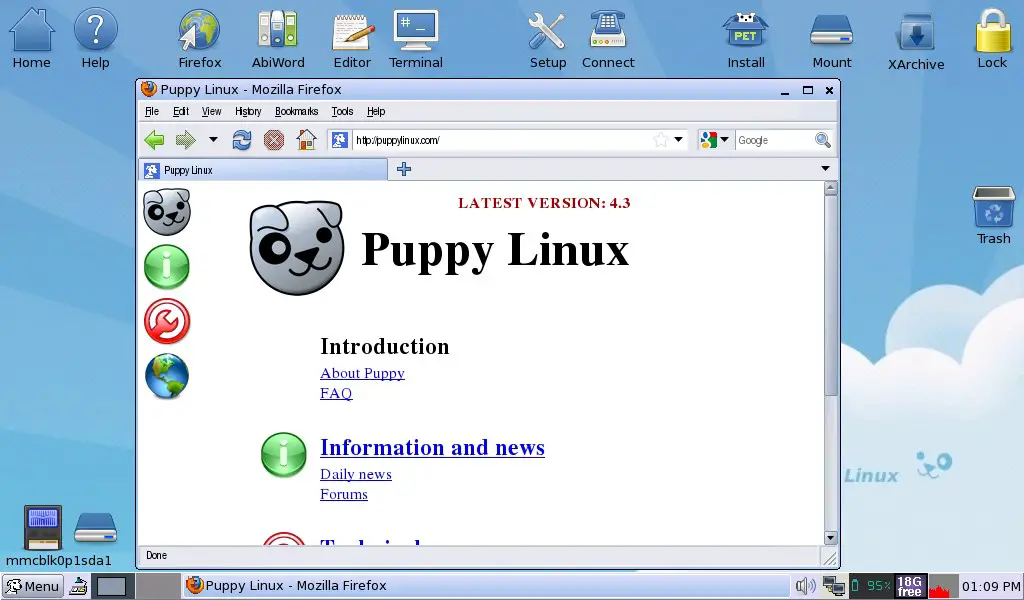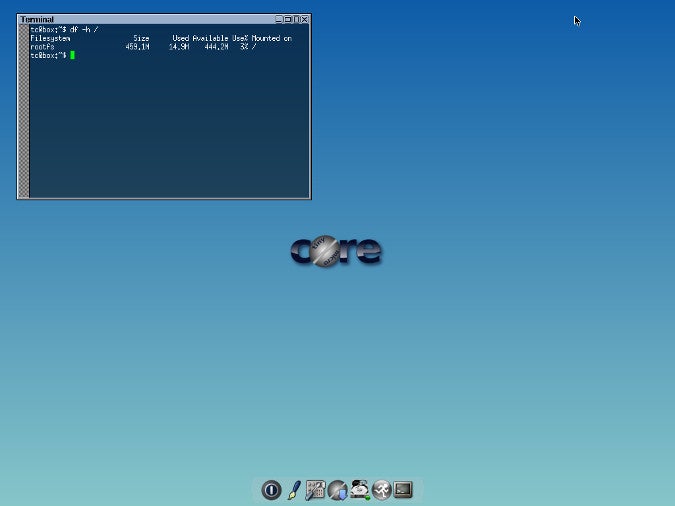Puppy Linux vs. Tiny Core Linux: Ultra-lightweight Distros Face-Off

In the realm of computing, where size and efficiency reign supreme, ultra-lightweight Linux distributions like Puppy Linux and Tiny Core Linux stand out. These distros pack a surprising punch despite their diminutive footprints, making them ideal for older hardware, limited storage devices, and resource-constrained environments.

Puppy Linux

Puppy Linux is a live operating system that can be booted from a CD, USB, or even a floppy disk. Its compact size, typically around 100MB, allows it to run seamlessly on machines with as little as 128MB of RAM. Puppy Linux features a user-friendly interface, a wide range of pre-installed software, and a focus on ease of use. It also leverages a unique approach called “Frugal Install,” which allows multiple instances of the OS to coexist on a single device.
Tiny Core Linux
Tiny Core Linux, as its name suggests, is an incredibly lightweight distro with a size hovering around 10MB. Its minimalist approach emphasizes flexibility and modularity. The core system itself is minuscule, and users can add additional packages and components as needed. This granular approach allows for highly customizable installations, tailored precisely to specific requirements. Tiny Core Linux prioritizes security and stability, making it a popular choice for embedded systems and headless servers.
Comparison
While both Puppy Linux and Tiny Core Linux fall under the umbrella of ultra-lightweight distros, they offer distinct strengths and weaknesses. Here’s a closer comparison:
- Size: Tiny Core Linux takes the crown with its remarkably small footprint, making it ideal for extremely resource-constrained environments.
- Ease of Use: Puppy Linux’s user-friendly interface and pre-installed software make it more accessible for beginners.
- Modularity: Tiny Core Linux’s modular architecture provides unmatched flexibility and customization options.
- Performance: Both distros are known for their brisk performance, even on older hardware.
- Support: Puppy Linux enjoys a larger community and more extensive documentation compared to Tiny Core Linux.
Conclusion
Choosing between Puppy Linux and Tiny Core Linux ultimately depends on specific needs and preferences. Puppy Linux offers a user-friendly experience, Frugal Install capability, and a wide software selection. Tiny Core Linux, on the other hand, shines in situations demanding extreme compactness, modularity, and security. Both distros represent exceptional options for users seeking ultra-lightweight, efficient, and versatile Linux solutions.

I wonder which one would be the best for my laptop. It’s a bit old, and I’m looking for something that can breathe new life into it.
I’ve tried a bunch of these ultra-lightweight Linux distros before, and they’ve all been pretty underwhelming. I’m not sure if these two will be any different.
Puppy Linux is based on Slackware, and Tiny Core Linux is based on microLinux. This gives them different strengths and weaknesses. Puppy Linux is more flexible, while Tiny Core Linux is more efficient.
I think you’re wrong about Puppy Linux being more flexible. Tiny Core Linux is just as flexible, if not more so. It’s just a matter of how you use it.
So, Puppy Linux is the ‘complete’ distro, but Tiny Core Linux is the ‘more complete’ distro? That’s some next-level irony right there.
Oh, wow, two more ultra-lightweight Linux distros. Just what the world needed.
I’m imagining a tiny core of cheese, wrapped in a fluffy puppy of bread. Which one would you eat first?
Thanks for the comparison. I’ll have to give them both a try and see which one I like better.